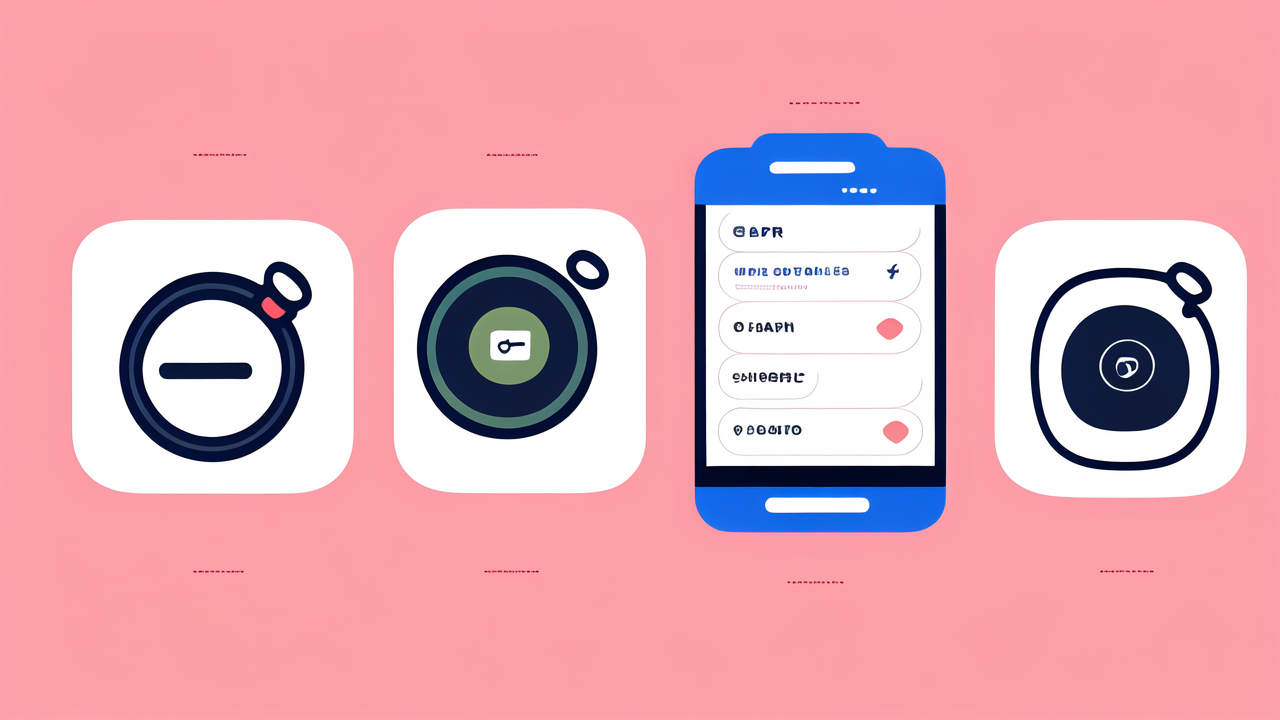Understanding the Landscape of Wearable Technology
The Evolution of Wearable Tech in the United States
Wearable tech has come a long way in the US. It started with simple fitness trackers. Now, we have

smart watches that do much more. These devices can track health, send messages, and even make calls.
The growth has been rapid. More people are using wearables every year. They've become a part of daily
life for many. The tech keeps getting better, with new features added often. It's an exciting time
for wearable tech in America.
Key Players and Market Trends in the Wearable Industry
The wearable market is competitive. Apple leads with its Apple Watch. Fitbit and Garmin are strong
in fitness tracking. Samsung and Google offer alternatives. New brands are also entering the market.
Trends show a focus on health features. Many watches now track sleep and stress. There's also a push
for longer battery life. Some brands are making watches look more like traditional timepieces. The
market is growing, with more options for consumers.
The Role of Wearable Tech in Consumer Lifestyle
Wearables have changed how we live. They help us stay connected without phones. Many use them to
track fitness goals. Some rely on them for health monitoring. Wearables can remind us to move more
or drink water. They've become fashion accessories too. For some, they're a status symbol. Wearables
are making life more convenient. They're helping people make better health choices. As they improve,
they'll likely play an even bigger role in our daily lives.
Evaluating Smart Watches: Features That Matter
Health and Wellness: Heart Rate Monitors, GPS, and More
Health features are key in smart watches. Most have heart rate monitors. These track your pulse all

day. Many also have GPS for accurate workout tracking. Some can measure blood oxygen levels. Sleep
tracking is common too. It helps you understand your rest patterns. Stress monitoring is a newer
feature. It can alert you when you need to relax. Some watches can even take ECG readings. These
health features can help you stay on top of your wellness.
Design and Durability: Style Meets Functionality
Smart watches come in many styles. Some look like traditional watches. Others have a more tech-
focused design. Most have customizable faces. This lets you change the look to suit your mood.
Durability is important too. Many watches are water-resistant. Some can handle swimming or diving.
Scratch-resistant screens are common. The bands come in different materials. You can often change
them to match your outfit. The best designs balance style and function well.
Connectivity and Companion Apps: Enhancing the Smart Watch Experience
Connectivity is crucial for smart watches. Most connect to your phone via Bluetooth. Some have Wi-Fi
or cellular options too. This lets them work without a phone nearby. Companion apps are important.
They help you set up and control your watch. These apps often show detailed health data. They can
also let you customize watch faces. Some watches work with third-party apps. This expands what your
watch can do. Good connectivity and apps make your watch more useful.
Making the Right Investment: Cost, Compatibility, and Future-Proofing
Price Points and Value Propositions of Top Smart Watches
Smart watch prices vary widely. Basic models start around $100. High-end watches can cost over $500.

Apple Watches are often pricier but offer many features. Fitbit provides good value for fitness
tracking. Garmin excels in sports-specific functions. Samsung offers strong Android alternatives.
Consider what features matter most to you. Sometimes, paying more gets you better build quality. It
can also mean more accurate sensors. Think about how you'll use the watch. This helps decide if
extra features are worth the cost.
Compatibility with iPhone and Android: An Overview
Compatibility is key when choosing a smart watch. Apple Watches only work with iPhones. Most other
brands work with both iPhone and Android. But some features may be limited on non-native systems.
For example, Samsung watches work best with Samsung phones. Google's Wear OS works well with most
Android phones. If you have an iPhone, an Apple Watch offers the smoothest experience. Android users
have more choices. Check the compatibility before buying. This ensures you get all the features you
want.
Ensuring Longevity: What to Look for in a Smart Watch Purchase
To future-proof your smart watch, consider several factors. Look for brands with a history of
software updates. This keeps your watch current with new features. Battery life is important. A
watch that lasts longer now will be useful for years. Build quality matters too. Durable materials
mean the watch can handle daily wear. Consider the ecosystem of apps and accessories. Popular
platforms often have more long-term support. Think about your future needs. A watch with more
sensors might be useful later. Investing in a watch with room to grow can save money in the long
run.




Leave a comment
This site is protected by hCaptcha and the hCaptcha Privacy Policy and Terms of Service apply.